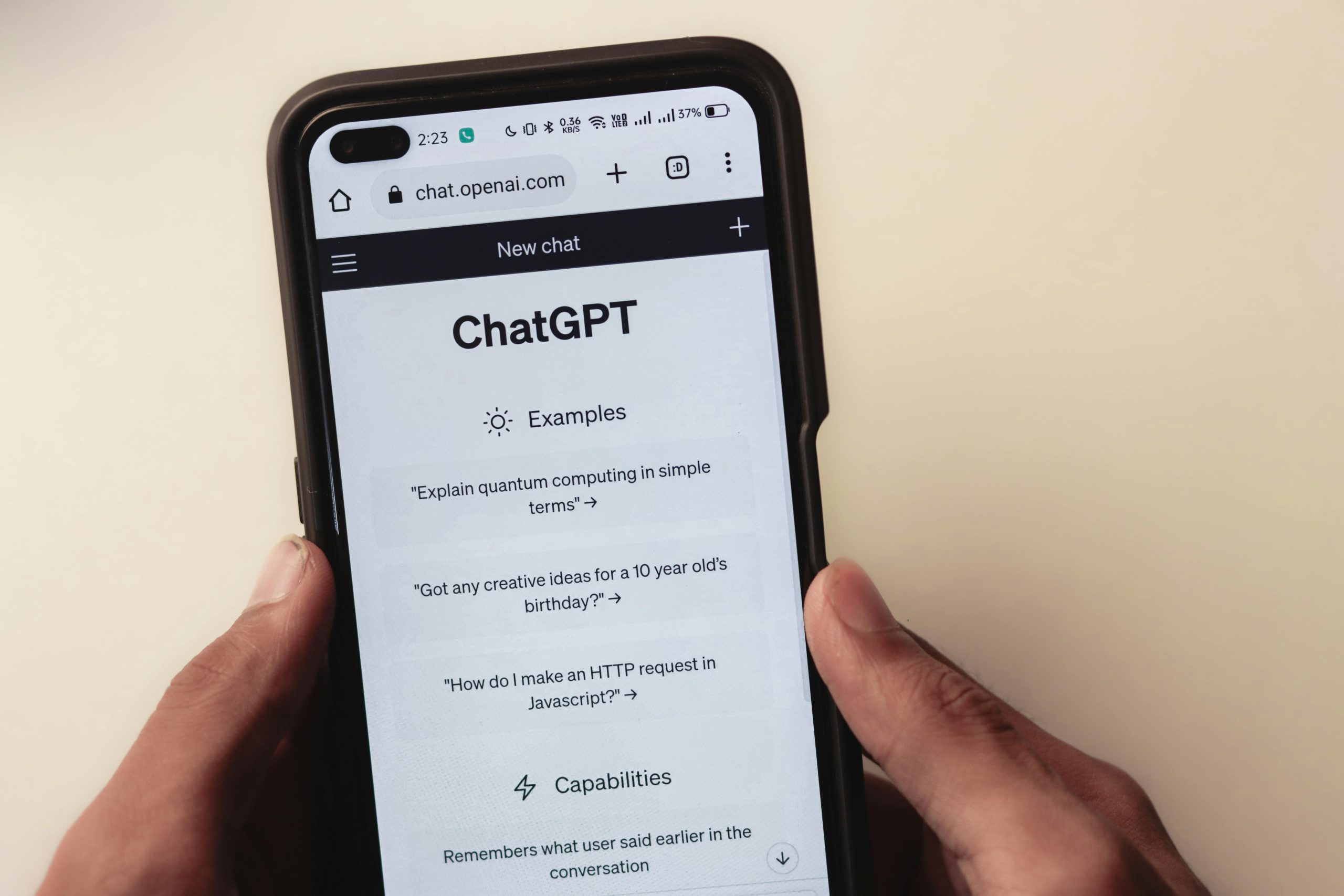
The Core Conflict: Discovery Rules Versus Global Privacy Pledges
Imagine you have a private conversation in a secure digital room, a room the AI company promised you was yours alone. Now, a legal subpoena arrives demanding access to the transcripts of that room to prove a point in a completely separate legal battle. This is the reality facing AI developers in the wake of recent, significant court orders. The established playbook for discovery—born in the era of paper documents and emails—is being strained past its breaking point by the sheer volume and sensitivity of conversational AI data.
For decades, civil discovery has operated on a standard of relevance and proportionality. If information is relevant to a claim or defense, and the burden of producing it isn’t too great, it must be turned over. The question now is whether this standard can fairly supersede the *explicit* privacy commitments companies make to users who trust them with their most sensitive queries—from health questions to business strategy outlines. If the court mandates the surrender of this data simply because it *might* contain evidence, it effectively nullifies the privacy promises that are quickly becoming a key competitive differentiator in the AI market.
The Preservation Trap: When Legal Duty Overrides Deletion Guarantees
The most immediate, chilling effect of this legal engagement has been the requirement for indefinite data retention. As recently as May 2025, a court order compelled a major AI developer to begin retaining all output log data that would otherwise be automatically deleted, irrespective of user requests or standard data privacy policies. This move fundamentally shattered a core assumption for users of many consumer-facing AI tools: that after a short window, their conversations—especially those they choose not to save—would vanish from company servers.
This preservation mandate, initially covering a vast swath of user interactions from late 2022 through 2024, was a stark illustration of the conflict. On one side, you have the legal system asserting its right to evidence for a fair trial; on the other, you have a technology company bound by its public promise of data minimization and prompt deletion. While later rulings in September 2025 provided some relief by ending the requirement to preserve *all* new data going forward, the fact remains: data already swept up under the order must still be retained indefinitely for the case proceedings The Cyber Express, November 12, 2025.
Actionable Insight for Organizations Integrating AI:
This tension is why the concept of an **AI privilege** is gaining traction; it’s an attempt to preemptively build a legally recognized justification for *not* preserving or disclosing certain data, rather than fighting on the battlefield of relevance and proportionality later.
Forging a New Shield: The Radical Concept of “AI Privilege”
When facing a legal demand that seems to necessitate the violation of user trust, necessity often breeds legal creativity. This is precisely what we are witnessing with the public articulation of an “AI Privilege.” This isn’t just corporate PR spin; it’s a genuine, high-level legal proposition being put on the table, one that seeks to create an entirely new category of protected communication.
Think about established privileges: Attorney-Client, Doctor-Patient, Spousal. These exist because society recognizes that for certain interactions to yield their intended, beneficial purpose—full disclosure to a lawyer for sound advice, or a full disclosure to a doctor for accurate diagnosis—the participant must have an absolute, reasonable expectation of confidentiality. The argument for an AI Privilege centers on applying this same logic to advanced AI systems.
The logic is compelling in theory: If a user is leveraging an advanced model to draft a sensitive legal brief, analyze proprietary financial data, or discuss a mental health challenge, the utility of the tool is entirely dependent on the user’s belief that the interaction is secure from future, third-party legal demands. If that expectation is shattered, users will self-censor, and the potential of the technology—especially in these critical, sensitive domains—will wither on the vine. This concept, even if it doesn’t gain formal recognition immediately, forces courts to grapple with the *nature* of the interaction, moving beyond treating AI conversation logs like any other piece of electronic stored information (ESI).
What “AI Privilege” Could Mean for Everyday Users. Find out more about foundational test case for AI litigation guide.
If an “AI Privilege” were ever adopted, even in a limited form, the downstream effects would be massive for consumer adoption and enterprise integration. For the average person, it solidifies the idea that using AI for personal development is not fundamentally different from writing a letter to a trusted advisor.
For businesses, especially those in regulated industries, it offers a potential layer of defense against discovery requests that target how their employees use AI tools for research or drafting. Right now, the legal world is struggling to define competency standards around AI use, with some jurisdictions already mandating **disclosure of generative AI use** in filings. An established privilege would create a clear line in the sand: protected communications versus unprotected ones.
Consider this: Currently, legal teams are advised to ensure their AI tools are “closed models” with strict confidentiality agreements to even have a *chance* at maintaining traditional legal professional privilege when clients use them. The “AI Privilege” concept is essentially trying to universalize that security expectation for *all* users, not just those using the most expensive, closed-API enterprise products.
The debate itself is the first victory for privacy advocates. It frames the issue correctly—not as a technical data-handling issue, but as a fundamental question of a reasonable expectation of digital sanctuary. It sets a high bar for plaintiffs seeking broad swathes of conversational data, forcing them to articulate precisely *why* a user’s therapy session with an AI model is relevant to a copyright claim, for instance.
The Echo Chamber Effect: Precedent in AI Litigation
In the legal world, the fear of being “first” is often replaced by the fear of being “second” and having a negative ruling used against you. This case is a prime example of the “shadow of precedent.” Legal teams across the industry are watching with bated breath because any ruling will create a tangible roadmap for future litigants.
The development company in question has pointed out that similar, though perhaps less expansive, demands have been made before. There are whispers, for example, of a precedent where a competitor was compelled to produce millions of user chats for a music publisher lawsuit. While the current technology firm argues that the prior order focused on specific data subsets, the mere existence of a prior order compelling the surrender of *any* user data creates a perceived pathway. If a court orders disclosure now, it solidifies that path, effectively signaling to future plaintiffs: “Yes, you can demand raw user interactions.”. Find out more about foundational test case for AI litigation tips.
This establishes a dangerous equilibrium. If courts consistently side with broad discovery over nascent privacy commitments, AI companies will have no commercial or legal incentive to maintain strict data minimization policies. They will be forced to keep *everything*, indefinitely, just in case. This shifts the burden of litigation risk entirely onto the user base, who now become unwitting data custodians in disputes they have no part in.
From Specific Data Demands to Raw Conversations: Distinguishing the Fight
The current fight is so critical because the demand is for *complete, raw user conversations*—not just metadata, not just logs, but the actual dialogue. This is fundamentally different from past discovery requests that targeted specific types of transactional data. Raw conversations often contain PII (Personally Identifiable Information), proprietary trade secrets, and deeply personal opinions.
If the court compels the handover of this raw data, the practical implications are staggering:
Conversely, if the court strongly rejects the plaintiff’s request on proportionality or relevance grounds, it sets a powerful counter-precedent. It tells future litigants that the inherent privacy risk of conversational AI data is a *weighty* factor that can override standard discovery reach. This would force plaintiffs to be far more surgical, relying on statistical methods or pre-agreed sampling rather than massive data dumps.. Find out more about foundational test case for AI litigation strategies.
The Future of User Control: Encryption, Deletion, and Trust
Perhaps the most interesting development is how the technology company is responding *outside* the courtroom. Even while aggressively fighting the preservation order, the intense public scrutiny has forced them to accelerate their commitment to user control. This is a classic case of external pressure forcing internal development.
The company has signaled that its long-term roadmap is pivoting toward features designed to give users near-absolute control over their data, even *before* a legal challenge arises. This isn’t just about better user interfaces; it’s about architectural changes that make mass data preservation technically difficult or impossible for the *company* itself.
Building Trust in the Age of Indefinite Retention
What are the practical steps being announced that matter for the future of data governance?
This dual-track strategy—fighting the present legal battle while building the private future—is a fascinating dance. It acknowledges that even if they win the current fight on narrow grounds, the *expectation* of privacy has permanently changed, and only technical controls can secure it long-term.
The Industry’s Reckoning: Tensions in Public Posture and Data Governance
This entire episode serves as a magnifying glass on the often-contradictory public positioning of the leading technology sector. On one hand, the company is engaged in a bare-knuckle fight to protect its commercial secrets, its training methodologies, and its core ability to compete. This is self-preservation in its purest form.
On the other hand, this same entity is simultaneously attempting to champion the cause of global **digital privacy rights** in the public sphere. They are arguing for a future where user data is sacrosanct, even while being legally forced to compromise that sanctity in the present. It creates a narrative whiplash for the public, critics, and regulators alike.
This internal tension—defending a legal necessity that compromises privacy while advocating for broader privacy principles—is the true story here. How they manage this complex public stance as the litigation drags on will be as crucial to their brand health as the final court judgment.
Navigating Contradictory Narratives: Defense Versus Advocacy
This isn’t unique to one company. The entire field of generative AI is grappling with this. They need vast amounts of data to train models that are useful (which often means using publicly available, copyrighted material). Yet, they need users to trust them with their personal interactions to *use* those models effectively.. Find out more about Clash between civil discovery rules and AI privacy commitments definition guide.
The balancing act required by the court—weighing the protection of copyrighted content, the right to a fair trial discovery, and the right to digital sanctuary—is the defining challenge of this technological era. It is forcing a reckoning on data governance that has been postponed for years.
The decisions made in this case will quickly filter down:
The courts are being asked to be the first institution to successfully govern this technology, establishing practical guardrails for its deployment and legal accountability for years to come.
Conclusion: Key Takeaways and The Path Forward
This moment in **generative AI litigation** is less about the details of copyright infringement and more about drafting the first chapter of the digital law textbook for the 21st century. The clash between the bedrock of civil procedure and the emergent promise of user privacy is reaching its zenith.
Here are the key takeaways for every digital citizen, developer, and business leader:
This evolving situation remains one of the most significant narratives in the current technology sector, shaping everything from consumer trust metrics to international regulatory frameworks for autonomous systems. Don’t just watch the verdict; watch the new features companies race to build in response.
What does this mean for your own use of AI tools? Are you willing to trade the potential for absolute deletion for the convenience of a free, connected service? Let us know your thoughts on the emerging necessity of an “AI Privilege” in the comments below!










